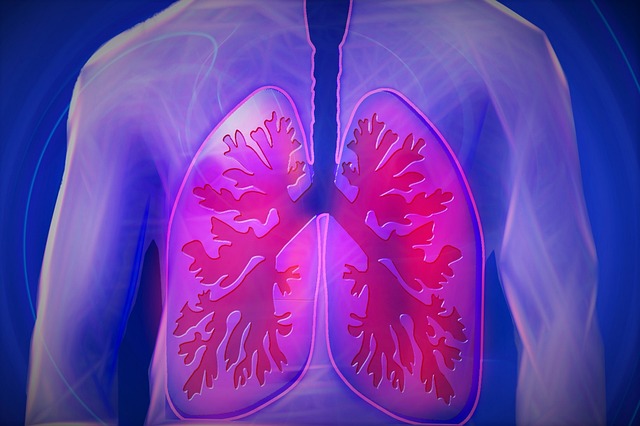
About Elkhart Rail Yard
The Elkhart Rail Yard is a 675-acre facility about 1 mile southwest of Elkhart, Indiana that began operating in 1956. Freight cars carrying a wide variety of materials are classified at the site and are switched to tracks leading to their destinations. It is the second-largest classification yard in the country, with 72 classification tracks. Railcars and engines are also repaired and cleaned at the facility. A diesel refueling station is a prominent feature of the site and is visible from U.S. Route 33.
Past activities and spills of chemicals on the site have resulted in contaminated soil and groundwater. Primary contaminants at the site are trichloroethylene (TCE) and carbon tetrachloride (CTC). The site has since been declared a Superfund site by the EPA and has been added to the EPA’s National Priorities List (NPL) due to its contamination with cancer-causing substances. To this day, the Elkhart Rail Yard is considered one of the worst hazardous waste sites identified by the EPA.
Discovery of contamination
Complaints from local residents and employees about improper handling and disposal of toxic materials at the Elkhart Rail Yard began in 1961. Between 1961 and 1968, there were numerous citizen complaints filed with state and local authorities regarding hazardous discharges from the railyard to the St. Joseph River. Elkhart County Health Department also received information from a confidential source that waste, including track cleaner and engine degreasers possibly containing the chemical compound trichloroethylene had been improperly disposed of on the site. Other reports indicated that a tank car containing the chemical compound carbon tetrachloride collided with another car during humping operations at the railyard, causing the release of approximately 16,000 gallons of CTC into the railyard. Both of these substances are highly toxic and studies have shown that they can cause cancer.
In 1986, a resident in the area reported to the U.S. Environmental Protection Agency (EPA) that his residential well contained elevated levels of trichloroethylene and CTC. In response, the EPA conducted an investigation by collecting and analyzing water from a number of private residential wells as well as soil samples from the Elkhart Rail Yard. The results revealed concentrations of trichloroethylene as high as 4,870 parts per billion (ppb) and concentrations of carbon tetrachloride as high as 6,680 ppb. The Maximum Contaminant Levels (MCLs) set by the EPA for both of these compounds is 5 ppb. This means anything above 5ppb can be considered dangerous to human health.
Source of contamination
Due to Conrail’s unwillingness to perform a thorough investigation, the Environmental Protection Agency conducted its own investigation, which included additional soil samples from the site. The results revealed levels of several highly toxic substances THOUSANDS of times higher than the maximum allowable limits to be safe.
According to the EPA, rail yards are among the most contaminated sites in the country. More than 300 rail yards and shop complexes have been found to be contaminated with toxic substances which often leak into the area’s groundwater and soil. Some of the most commonly detected contaminants are chlorinated solvents such as TCE and CTC. These substances were often used as a cleaning substance and degreaser by shop workers, maintenance crews, trackmen, and other rail workers. Court documents obtained by Doran & Murphy show that many railroads had a practice of simply dumping or hosing down excess solvents into the ground. At some locations, these chemicals would be stored in rusty drums and leaky tanks and buried on railroad property.
Health effects from exposure to TCE and CTC
The International Agency for Research has been determined that trichloroethylene causes cancer in humans. And, although studies of the effects of carbon tetrachloride exposure in humans are currently limited, it is reasonably anticipated to be a human carcinogen based on sufficient evidence of carcinogenicity from studies in animals. Specifically, exposure to these chemicals has been shown to increase the risk of kidney cancer, non-Hodgkin’s lymphoma, and liver cancer.
Exposure can occur through inhalation, ingestion, or through contact with the skin. In Elkhart, railroad workers who worked directly with these solvents or came into contact with contaminated soil in the classification yard are at a significant risk of developing cancer. Not surprisingly, there is an alarming rate of kidney cancer among former railroad employees that worked in the Elkhart Rail Yard.
The contamination at this site poses a serious health risk for railroad workers. If you or a loved one have been exposed to the contamination at Elkhart Rail Yard and have developed cancer, you may be entitled to compensation under the Federal Employers’ Liability Act. Please contact us to learn more today.




